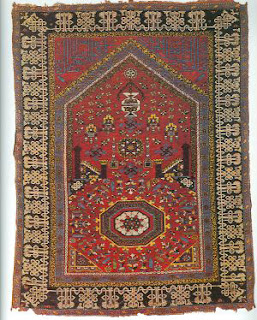The Deep Origins of Muridiyya in the End of Blood Sacrifice
"... one can assert without paradox that more than any other singular action, it was the destruction of the Temple of Jerusalem by Titus in 70 CE, as a result of the Jewish revolt, that activated the slow--overly slow--transformation of religion to which we owe, among other things, European culture. The Jews should no doubt pay thanks to Titus, whose memory they hold in contempt, for having destroyed their temple for the second time, for imposing on them the need to free themselves from sacrifice and its ritual violence, before any other society...An additional consequence of the destruction of the Temple of Jerusalem is the democratization and spatial explosion of Jewish worship. The Temple of Jerusalem owed its celebrity to its uniqueness. The end of sacrifices also brought the disappearance for all useful purposes of the caste of priests (kohanim) and of their Jerusalemite monopoly. Jewish ritual was now no longer linked to a sacred space, to the omphalos represented by the Temple. It could take place anywhere, with anybody...God, who has lost his palace, his own habitation, now 'stays with the locals,' as it were. The divine presence, the shekhina (from the root shakhan, to inhabit) whose specific place had been in the Temple, is now found (according to a well-known midrash) in 'the four cubits of the halakha alone'...here we manifestly observe a privatization of religion, passing from the most official and public status of religio civilis to the quiet rituals of individual and familial religion." --Guy Stroumsa, The End of Sacrifice, University of Chicago Press (2009), 63-66.

















